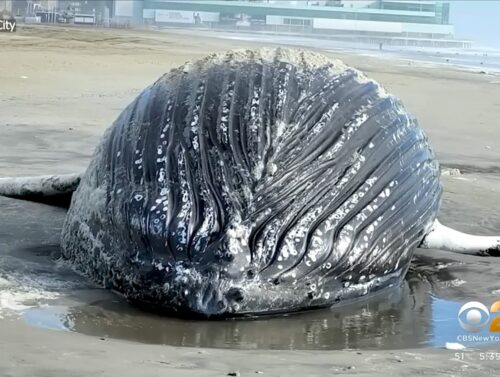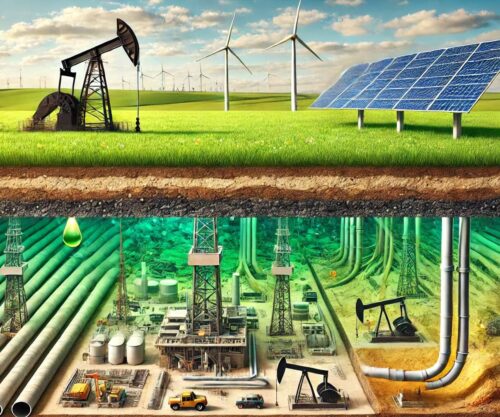
Policymakers on both sides of the political aisle increasingly advocate for affordable, reliable, and clean energy. This is for good reason – modern society requires energy that is affordable and available on demand. [emphasis, links added]
Environmental concerns are also very important. Together, affordability, reliability, and cleanliness form the three pillars of an ideal energy policy.
Two new analyses evaluate competing electrical power sources and produce an affordable, reliable, and clean scorecard.
The two analyses – one published by Northwood University and the Mackinac Center, and the other published by my public policy organization, The Heartland Institute– independently reach near-identical findings.
Both analyses find that natural gas is the most affordable, reliable, and clean electrical power source. Not far behind natural gas are nuclear, hydro, and coal.
Lagging at the bottom of the affordability scorecard are wind and solar power.
Natural gas is easily the lowest-cost electrical power source, with coal the second-most affordable. Natural gas also scores very high for reliable, high-volume power production, as do nuclear and coal.
Despite some claims that wind and solar are less expensive than conventional power, the opposite is true. Wind and solar benefit from far more subsidies than other power sources, which merely shift their high costs to taxpayers rather than directly to customers’ electricity bills.
Also, the intermittent and often unpredictable nature of wind and solar power imposes substantial costs on the grid, requiring other power sources to frequently ramp up and down – quite inefficiently – to cover for the variability of wind and solar.
Finally, wind turbines and solar panels must often be built far from population centers, requiring extensive and expensive networks of transmission wires to deliver power to customers.
Taking all the above factors into account, a peer-reviewed analysis of full-system levelized costs of competing power sources shows wind power is seven times more expensive than natural gas power, and solar power is 10 times more expensive.
That explains why most of the world – and nearly all the developing world – is building natural gas, coal, and nuclear power plants rather than wind and solar power facilities.
Perhaps the most noteworthy findings of the two independent analyses are the poor environmental performance of wind and solar power. Wind and solar, like hydro and nuclear, are emissions-free.

However, wind and solar score quite poorly regarding many other important environmental factors. Wind and solar require disrupting and developing far more land and ecosystems than other power sources.
Wind and solar generation directly kill far more animals than other power sources, including many protected and endangered species.
The mining of toxic and rare earth minerals for wind turbines and solar panels is enormously and uniquely harmful to water and soil health.
For consumers and grid integrity, however, natural gas is the gold standard for affordable, reliable, and clean electricity generation.
Earlier this month, President Trump signed an executive order noting the affordability and abundance of coal and removing obstacles to coal production and utilization.
The two new analyses support the Trump administration’s energy policies, which emphasize increased domestic production of oil, natural gas, and coal.
At the same time, the two analyses support similar action to remove obstacles to nuclear power, hydro power, and – especially – natural gas.
Don’t expect the big utilities to necessarily support natural gas and other affordable, reliable, and clean power sources. Utilities typically operate under a government-protected monopoly, such that they don’t need to produce affordable power to gain an edge over competitors.
Also, governments typically guarantee utilities approximately 10% profit on so-called green power projects and expenditures. As a result, utilities typically lobby for the most expensive power sources to boost their total profit.
For consumers and grid integrity, however, natural gas is the gold standard for affordable, reliable, and clean electricity generation. Nuclear, hydro, and coal are not too far behind.
Read more at RealClearEnergy



















Would someone tell the idiots in the Australian Government about all of this. According to them, Australia will be a renewable “Superpower” with 82% renewables powering all of the east coast of our massive country. As I said – when it comes to engineering intelligence, (idiots) these people are seriously lacking… !!!!
Natural gas is great for heating homes as well as generating electricity. But it’s one drawback for being used for base load electricity is that there is no onsite storage capability so demand for natural gas during bitter cold temps in winter may exceed supply in the pipelines. This is where we need to make sure that we have enough base load generating capacity with coal (plants have days-worth of coal onsite) and/or nuclear (their core has plenty of fuel for years). Need a good mix of all of these.
We don’t need Wind or Solar we need Propane not cheap substitutes and the Delusions of mindless Eco-Freaks